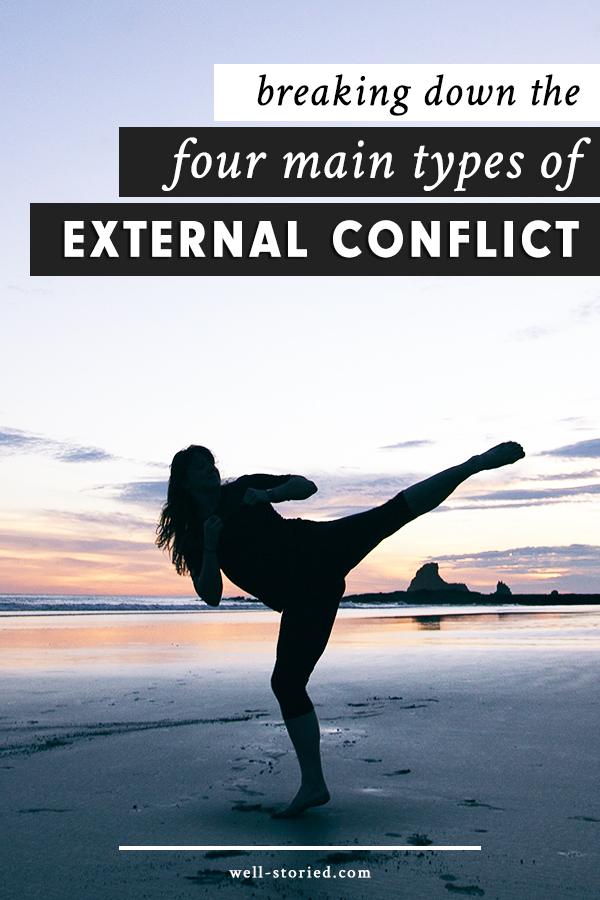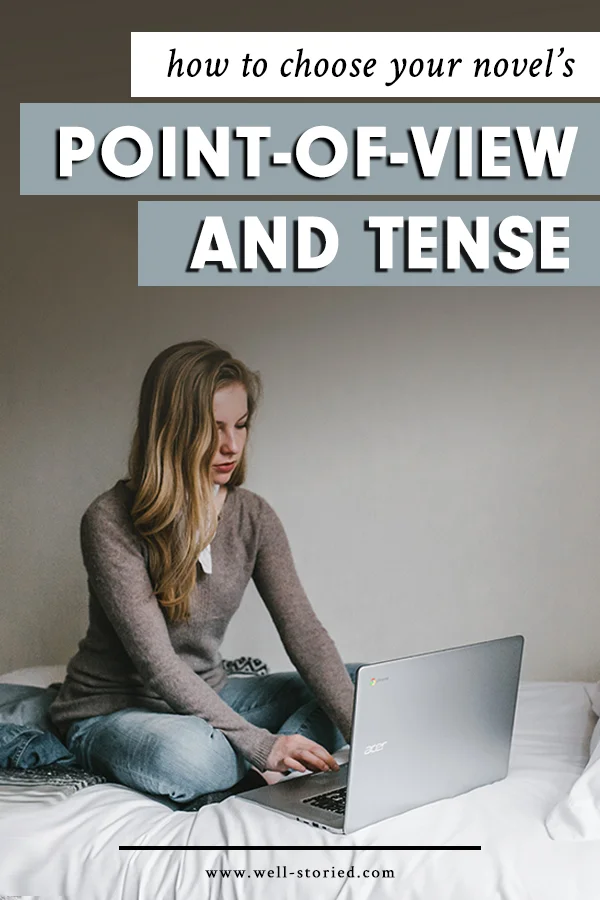Blog
How to Craft Riveting Internal Conflict For Your Story
Conflict is the backbone of any good story.
External conflict, which we broke down recently here on the blog, occurs between a character and an outside force, whether that be another character or an element of nature, society, or technology. On the other hand, internal conflict arises from an ethical or emotional debate that occurs within a character.
This style of conflict, while occurring in some form in every story, has the same ability to carry the full weight of a plot as external conflict. But how? Well, let’s discuss internal conflict together today!
Breaking Down The Four Main Types of External Conflict
Conflict drives narrative.
As humans, our curiosity piques when two forces oppose one another. “What is happening?”, we ask. Why are these two forces at odds? How will the conflict play out? Who will win? What would I do if I were in that situation?
These are the questions readers ask, more or less subconsciously, as they read. Which means they’re also exactly the kinds of questions writers should ask themselves when crafting plots for their stories.
In stories, as in life, there are two types of conflict: internal and external. Internal conflicts are the mental, emotional, or spiritual struggles a person faces—Character vs Self—which we’ll talk about on the blog soon!
Today, however, we’re going to focus on the second type of struggle: external conflict. Shall we dive into the breakdown?
Five Ways to Frame Your Story
You have a story idea, and you’re ready to write. But have you thought much about how you’ll frame your story?
Subjective storytelling is the framework most commonly found in modern literature, and it's perhaps the most obvious way writers think to tell their stories. With a subjective framework, writers utilize a limited point-of-view (i.e. the story is told solely via the main character's thoughts and experiences) to immerse readers in the main character’s journey.
But this style of storytelling isn’t the only way in which you can frame your story for success. What are your other options, and which is best for your novel? Let’s break down five alternative frameworks today!
How to Raise the Stakes in Your Story
Let’s raise the stakes!
Keeping readers engaged in your story is, of course, paramount. And one of the easiest ways to ensure readers keep turning pages is to thread your novel with powerful stakes.
Raising the stakes means making sure your characters always have something to lose.
For them, something important is at risk. And that risk can have a huge impact, heightening your story’s conflict, adding thrilling tension and suspense, revealing new truths about your characters, propelling their emotional journeys forward, and more!
But how do you go about building powerful stakes for your story? And how can you raise the stakes when your story seems to be running out of steam? Let’s dive in to today’s breakdown!
Should You Include An Epigraph in Your Novel?
Have you ever noticed the small quotations at the beginning of a book or its chapters?
Those are called epigraphs, and they can include a short quotation, saying, poem, or paragraph of prose. Including an epigraph before some or all chapters in a book isn't a necessary ingredient for baking up a brilliant story, but they can be useful for several reasons.
What do those reasons include, and should you include an epigraph (or maybe several of them) in your book? Let's dive into today's quick and dirty breakdown!
How to Choose Your Novel's Point-Of-View & Tense
How you choose to structure and style your story's prose can make all the difference.
Two of the biggest elements that affect your prose are, of course, point-of-view and tense. Does it really matter if you write your book in first-person or third-person? In past or present tense? In some cases, yes. In fact, point-of-view and tense are a bit like the clothes you wear each day. They may not change who you are, but they do affect others' impressions of you.
And a good first impression can make all the difference, right? So today, writers, we're going to explore the kinds of impressions point-of-view and tense can make and how you can be sure to choose the right option for your story!
19 Ways to Write Better Dialogue
For years, I struggled deeply with the dialogue in my stories. I didn’t have a natural knack for writing conversations that felt real and true to character, and I let this weakness deter me from striving to improve. But stories need dialogue, and my own was suffering for a lack of attention.
Finally, I decided that enough was enough. I began reading every bit of advice on writing dialogue that I could get my hands on. I studied the novels I read, and I rewrote the conversations in my stories again and again, until at last I began to see improvement.
More importantly, I came to understand dialogue as the complex literary powerhouse that it is.
Unfortunately, it’s this very complexity that can make quality dialogue so difficult to craft. That’s why I’m breaking down nineteen steps for writing better dialogue in today’s article, beginning with ten tips for crafting richer, more nuanced conversations.
An Introduction to World-Building
If there's anything I've learned as a writer, it's that building a fictional world is easier said than done.
When well-developed, a fictional world feels realistic and approachable, even if it contains otherworldly elements such as magic or time travel. But behind the approachable facade lies the blood, sweat, and tears of the world's creator, who hand-crafted everything from its geography, religions, cultures, technologies, political systems, and more.
Each of these elements affects how the story's characters see and experience their world, and so writers who are looking to craft incredible fictional worlds of their own can't afford to skimp on the details. But just what details should be considered? Let's break them down in today's introductory guide to world-building!







